Biodiversity & Habitat in B.C.
We Were Once...
"Super Natural British Columbia"
Endangered Ecosystems in B.C.
- Old Growth & Coastal Rainforests
- Interior Wetlands
- Riparian Zones
- Grasslands
- Alpine Meadows
Encapsulated by the Pacific Ocean to the west, the Rocky Mountains and prairie foothills to the east, arid valleys to the south, and the arctic-alpine tundra to the north, British Columbia is home to more living species and wildlife habitats than any other province in Canada. The lush coastal and inland forests, sprawling mountain ranges, arid deserts, and abundance of fresh waterbodies woven across the landscape provide more than just a breathtaking view. They afford us food to eat, clean water to drink, fresh air to breathe, fuel to heat our homes, among many other necessities of daily life. It’s no understatement that the healthy functioning of these diverse and wild places is critical for life here to flourish.
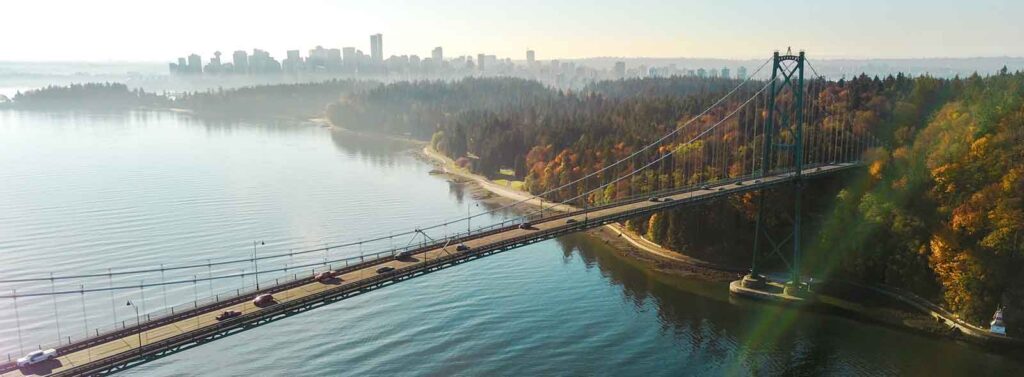
The benefits of these ecosystems don’t exclude urban landscapes. In fact, those who live in cities are equally as dependent on a diversity of intact, healthy ecosystems. Although they may come from further away, the copious power, food, and other material products available in cities exist thanks to the diverse ecosystems across B.C., Canada, and the globe. Within cityscapes, urban green spaces and tree canopies regulate extreme temperatures, prevent flooding, support mental and physical health, and generally make life more enjoyable. As the impacts of climate change are felt more acutely each year, with increasingly intense forest fires, heat waves, and floods, these urban oases are more important than ever.
‘We’re going to have Fairy Creeks happen all the time.’
Garry Merkel, B.C.’s Old Growth Review Panel
In recent years, rapid and unsustainable human development has led to a steep decline in global biodiversity. The planet is currently losing wildlife species at a faster rate than it has since the last great extinction, where dinosaurs were among the many species to have disappeared from Earth. British Columbia is no stranger to this dramatic loss of biodiversity, particularly in developed areas like the Lower Mainland, southern and eastern Vancouver Island, the Okanagan, and along the western foot of the Rocky Mountains.
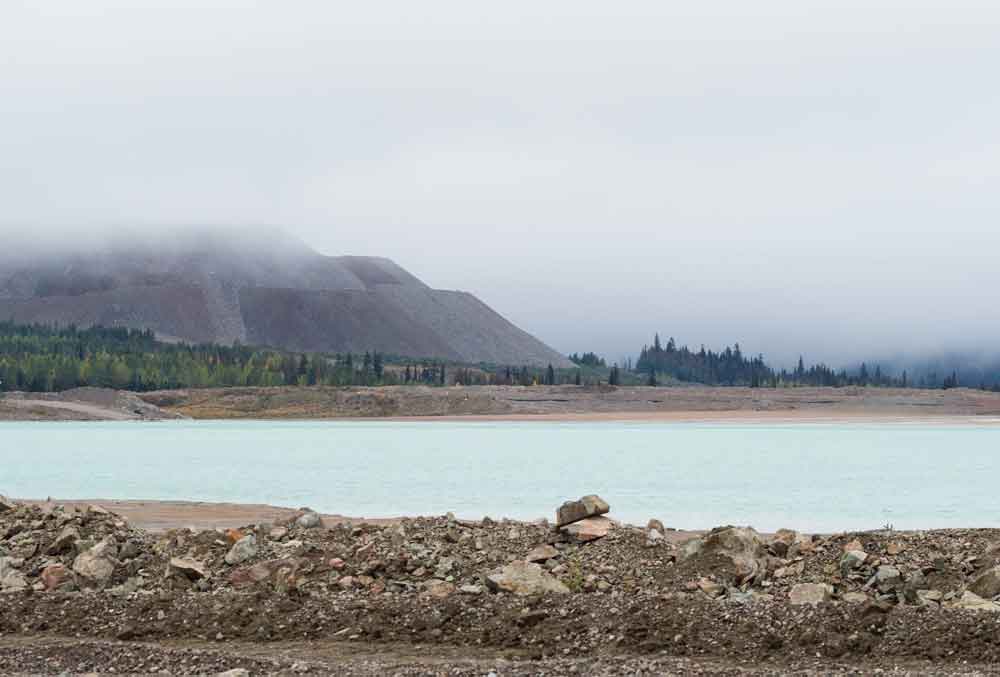
Image Above: Mount Polley’s tailings pond and tailings pile. Production was ramped up at the Mount Polley mine before a tailings pond breached in 2014, causing one of B.C.’s worst environmental disasters. Photo: Louis Bockner / The Narwhal
For the last century, economic growth and resource development have been prioritized over the health and functioning of ecosystems in British Columbia. Consequently, over 19,000 plant and wildlife species have been in decline and are considered at risk in the province, including mountain caribou and grizzly bears. In some cases, entire ecosystems are threatened, like the Garry Oak Ecosystem, which occurs in a thin strip along the southern coast of Vancouver Island. Due to habitat fragmentation and urban development, this unique and irreplaceable ecosystem is at risk of being removed entirely from the Canadian landscape.
Despite the risk to biodiversity in B.C., the province continues to be home to large tracts of wilderness, as well as key biodiversity areas that, if protected, can sustain healthy wildlife populations and help to mitigate the impacts of climate change. Currently, 15% of the province’s landscape falls within parks and protected areas, the majority of which includes alpine and high-elevation ecosystems. However, within B.C., critical biodiversity patches tend to exist in valley bottoms and coincide with highly developed areas. In 2022, as a part of the U.N. Biodiversity Conference, the province of B.C. pledged to protect 30% of its biodiversity by 2030. This target will require a collaborative and determined effort to swing the pendulum back towards a focus on healthy, functioning ecosystems in order to maintain healthy, functioning societies.
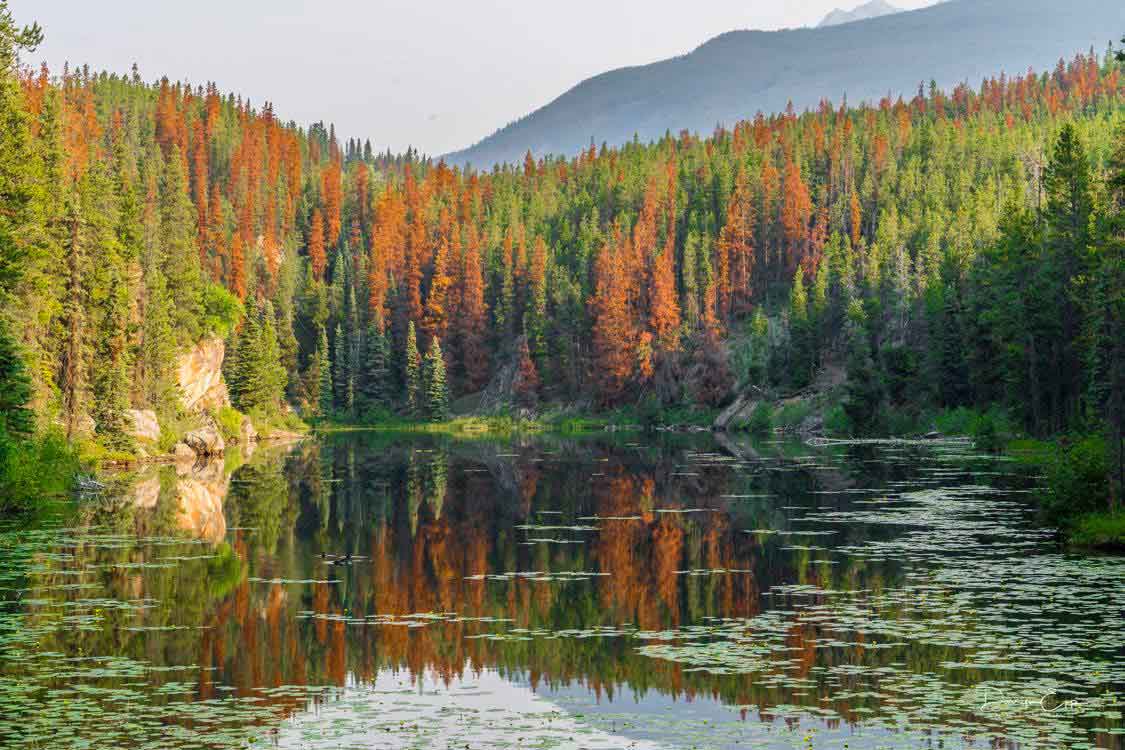
Proper land-use planning, conservation projects and meaningful legislative change will help us fight climate change. Our elected officials know this but progress is far too slow, fought at every turn by big industry, and underfunded.
In The News
These are 11 of B.C.’s most ‘polluting and risky’ mines
Mining is big business in B.C. and it’s an industry that produces a lot of waste. A new report highlights 11 mines of concern and what’s stopping the province from getting them to clean up their acts
Fraser River Estuary
Much of the estuary is protected for wildlife use under various jurisdictions. The greatest threats is to the important shorebird habitat on Roberts Bank where port expansion projects will cover some mudflat habitats.
Western Sandpipers. – Photo: Pete Davidson
Climate Change and the Mountain Pine Beetle
“…we’re able to track how a forest that becomes infected by the pine beetle evolves from being a carbon sink to a carbon source.”
“Carbon dioxide is one of the most important greenhouse gases and forests are known to contain large amounts of carbon,” says UNBC Ecosystem Science and Management professor Art Fredeen, who is participating in the research.
Fact – 2002 to 2023
B.C. announced this week [2023] that it would scrap an infamous clause embedded in B.C.’s forest rules often recognized as a barrier to protecting forests and their biodiversity.
The clause, written into B.C.’s Forest Range and Practices Act, says that ecological values like wildlife protection can only be included in forest planning if they don’t “unduly reduce the supply of timber from British Columbia’s forests.” For the most part, that means they can’t impede logging.
The announcement comes as part of the province’s stated intentions to transition B.C.’s forestry sector away from the industry-led model to one that better prioritizes First Nations, ecosystems and communities.
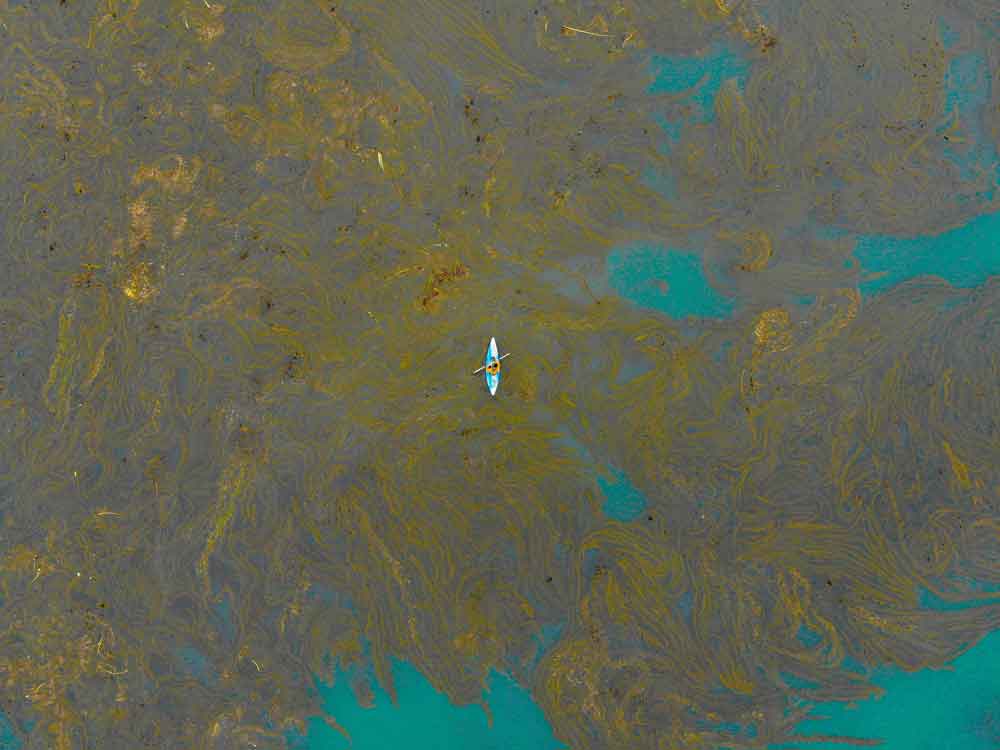
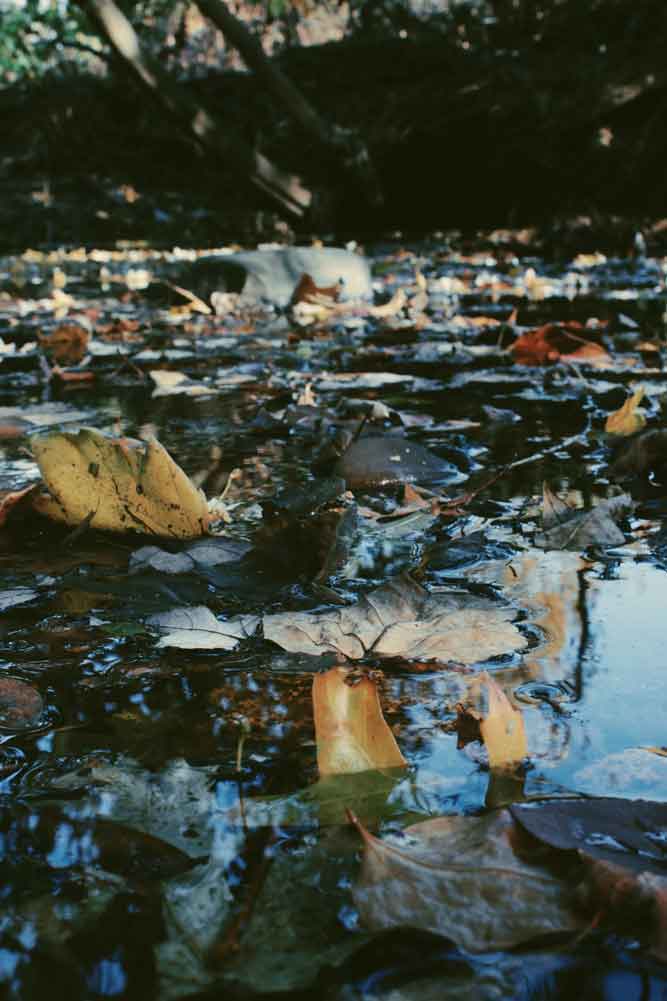
Has B.C. turned a new leaf on protecting biodiversity?
…Ottawa’s goal can’t be achieved without B.C. – which has the greatest biological diversity of any province or territory in the country and the greatest number of species at risk.
READ THAT AGAIN….
British Columbia has the greatest biological diversty of any province or territory in the country and the greatest number of species at risk.
Fighting fire with fire
How a B.C. Indigenous community is reintroducing traditional fire knowledge and practices to manage land vulnerable to wildfires
WENDY STUECK PHOTOGRAPHY BY JESSE WINTER
The setting was idyllic: a clearing of tawny grass, ringed by ponderosa pines under a robin’s egg sky. Trucks pulled up, coffee and doughnuts appeared on a tailgate and a dog lolled in the sun.
Within a couple of hours, some of those trees were on fire. Smoke was billowing into the sky, and the trucks were scattered, their crews dispatched to various locations to control the blaze.
About 2.5 million hectares of forest burns in wildfires each year in Canada, a total projected to double by 2050.
But they weren’t extinguishing it. They were continuing to light it, using drip torches to send lines of fire rippling through dry grass, turning tall trees into giant candelabras and keeping a close eye on boundary lines the flames were not supposed to cross.
The exercise, carried out over two days in late April on the ʔaq’am First Nation near Cranbrook, B.C., was a prescribed burn: fire set intentionally to meet specific objectives, such as reducing wildfire risk.
Coming Soon
Endangered Badgers
Mule Deer
Caribou
Burrowing Owls

